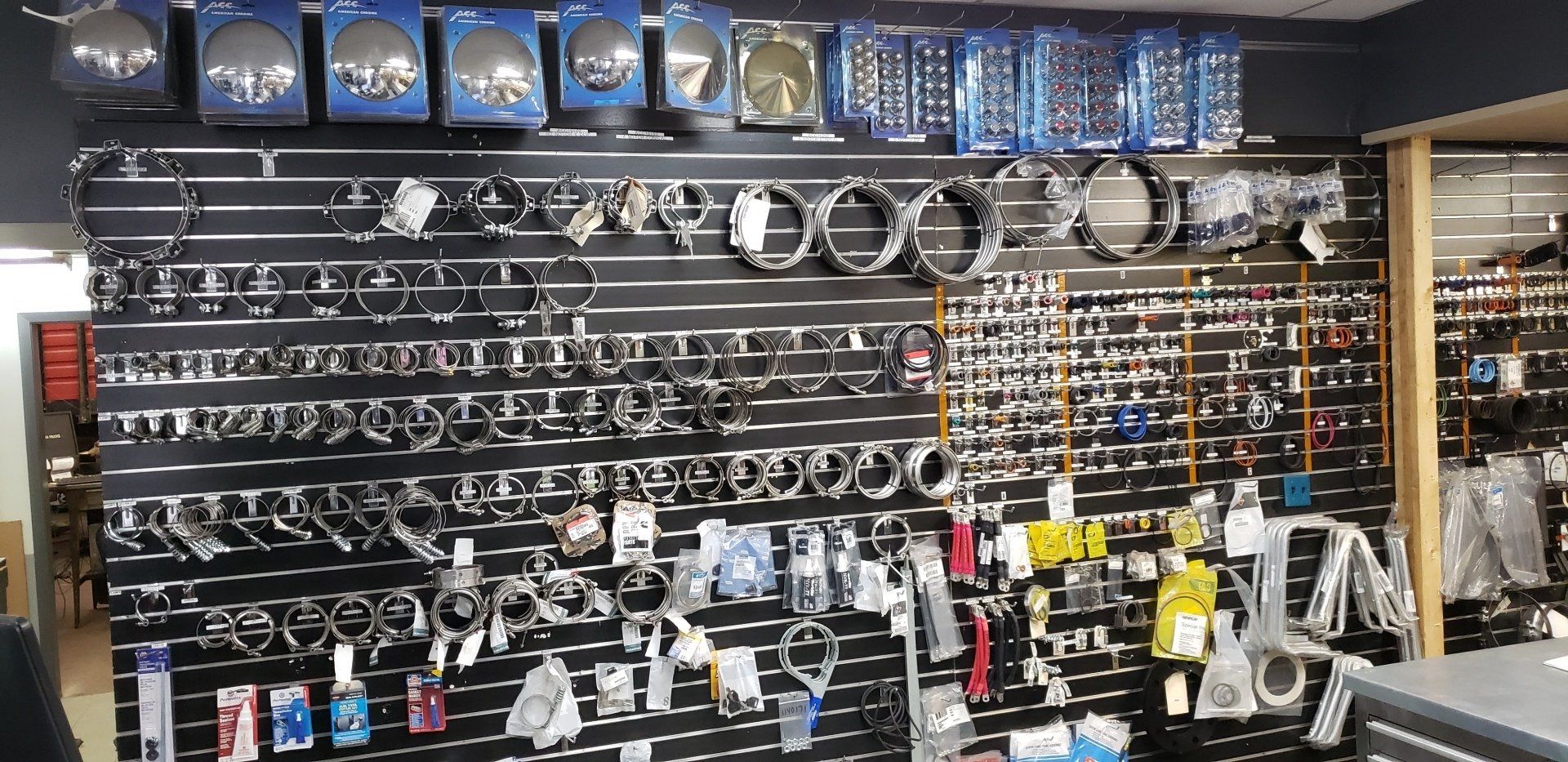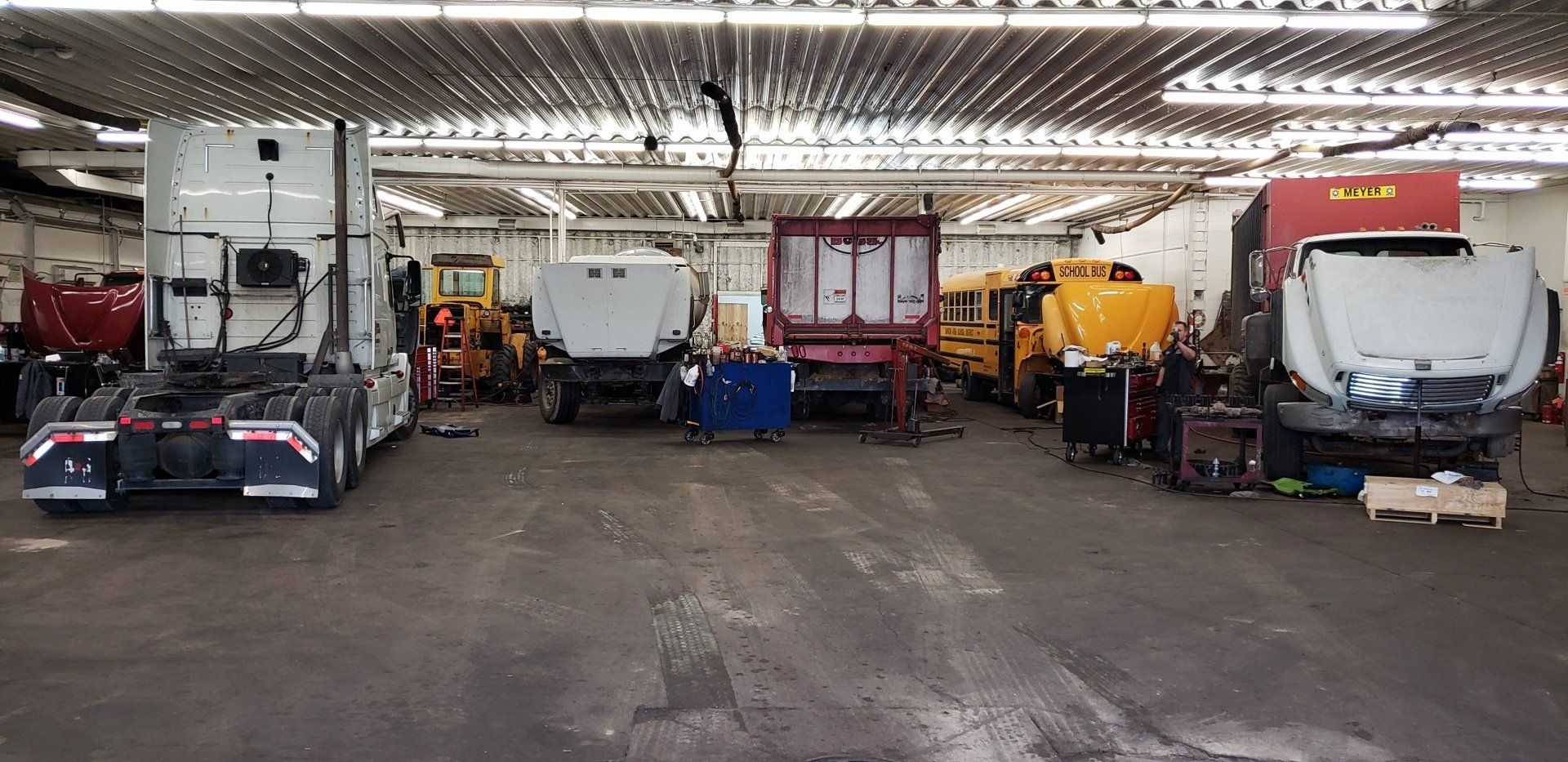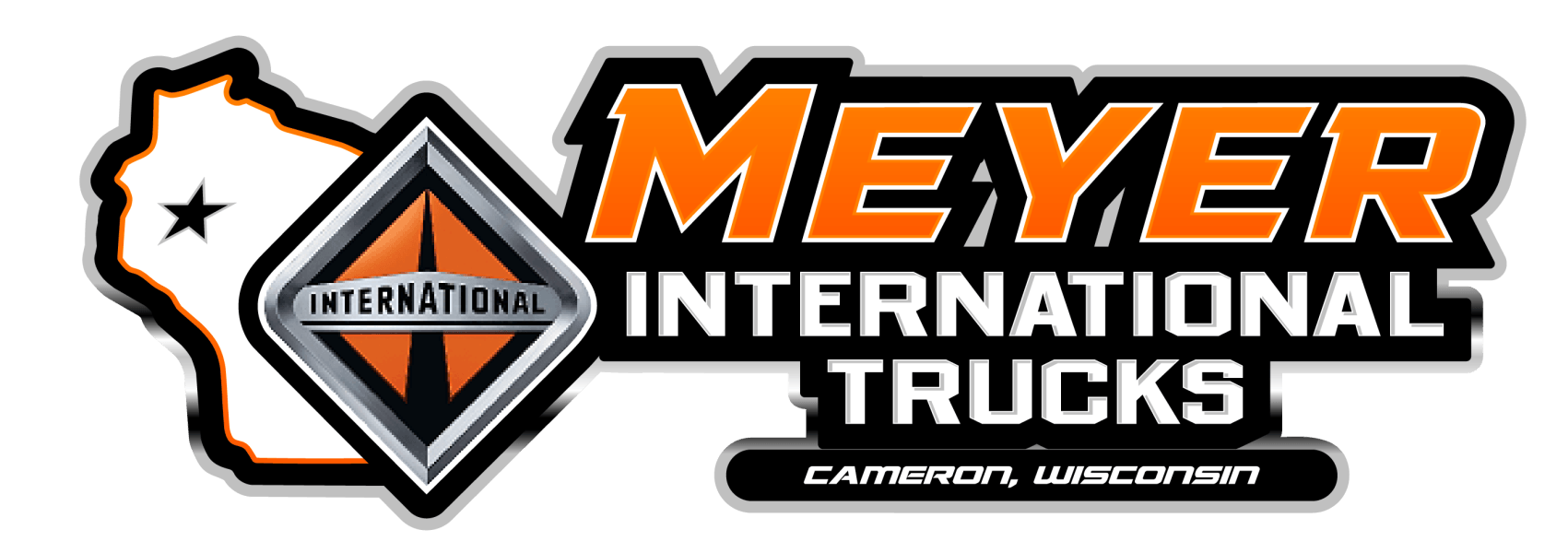DOT Inspections: What you need to know to stay Road Read
At Meyer International Trucks, “Going the Extra Mile, So You Can Too” isn’t just a slogan—it’s a commitment to keeping your trucks, drivers, and business running smoothly. One of the most critical aspects of fleet management is ensuring compliance with Department of Transportation (DOT) inspections. Whether you own a single truck or manage a fleet, understanding DOT inspections can help you avoid costly fines, reduce downtime, and keep your team safe on the road.

What Is a DOT Inspection?
A DOT inspection is a series of safety and compliance checks conducted by certified inspectors to ensure commercial motor vehicles (CMVs) meet federal regulations. These inspections are required by the Federal Motor Carrier Safety Administration (FMCSA) and help improve roadway safety by ensuring that vehicles and drivers are operating legally and safely.
Types of DOT Inspections
There are six levels of DOT inspections, each focusing on different aspects of truck safety and compliance:
Level 1: North American Standard Inspection
This is the most comprehensive DOT inspection, covering:
✔️ Driver’s license, medical certificate, and daily logs
✔️ Hours of Service (HOS) compliance
✔️ Vehicle safety components (brakes, lights, steering, tires, etc.)
✔️ Cargo securement and hazardous materials (if applicable)
Level 2: Walk-Around Inspection
Similar to Level 1 but without the inspector going under the vehicle.
Level 3: Driver-Only Inspection
Focused solely on the driver’s credentials, HOS logs, medical card, and drug/alcohol compliance.
Level 4: Special Inspection
A targeted inspection based on specific issues (e.g., emissions, previous violations).
Level 5: Vehicle-Only Inspection
Conducted without the driver present, typically at a fleet’s terminal or during an audit.
Level 6: Enhanced Inspection for Radioactive Shipments
For trucks transporting radioactive materials, following specialized safety protocols.
What Triggers a DOT Inspection?
DOT inspections can happen anytime, anywhere, but some common triggers include:
🚛 Random roadside inspections by enforcement officers
🚛 Weigh station checks
🚛 Traffic violations (speeding, lights out, etc.)
🚛 CSA (Compliance, Safety, Accountability) score issues
🚛 Routine fleet audits
How to Pass a DOT Inspection
To ensure your trucks and drivers are always road-ready, follow these best practices:
✅ Conduct Regular Pre-Trip Inspections
– Train drivers to check tires, brakes, lights, and secure cargo before hitting the road.
✅ Stay on Top of Preventive Maintenance – Routine maintenance prevents failures that could lead to violations.
✅
Keep Your Paperwork in Order – Drivers should have updated licenses, medical cards, HOS logs, and vehicle registration readily available.
✅
Follow HOS Rules – Ensure drivers comply with Hours of Service regulations to avoid fatigue-related violations.
✅
Monitor CSA Scores – Your Compliance, Safety, and Accountability (CSA) score impacts your chances of being inspected. Keep it low by addressing violations promptly.
What Happens if You Fail a DOT Inspection?
Failing a DOT inspection can result in:
❌ Out-of-service orders, preventing the vehicle from operating until issues are resolved
❌ Costly fines and penalties
❌ Increased insurance premiums
❌ Damage to your CSA score, leading to more frequent inspections
Final Thoughts: Stay Ahead of the Inspection Game
DOT inspections are a vital part of the trucking industry, ensuring safety, compliance, and reliability. At Meyer International Trucks, we help our customers go the extra mile by providing expert guidance, high-quality truck solutions, and support to keep your fleet inspection-ready.
Need help staying compliant? Contact us today to learn more about how we can assist with vehicle maintenance, inspections, and DOT compliance strategies.







